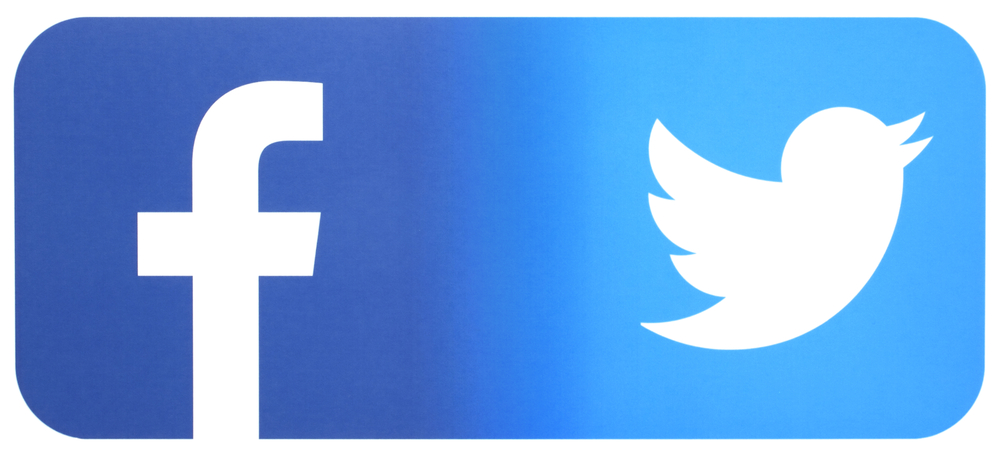Consumers Trust Twitter Over Facebook. Are Brands Feeling the Same?
By: Sophie Maerowitz
September 12, 2019
Sorry, Zuck: When it comes to customer loyalty, it looks like the blue bird might have you beat in 2019.
Each year, marketing research firm Brand Keys ranks hundreds of companies by customer loyalty—and it seems Twitter has flown high above Facebook. Facebook and Twitter both made it into the top 100 (out of 822 brands studied); however, Facebook fell to 24th place this year from 8th place in 2018. Meanwhile, Twitter saw upward movement from 23rd place to 11th, as Marketing Dive notes.
There are a couple of potential reasons for the customer loyalty dip on Facebook’s end—perhaps, most notably, continued fallout from the Cambridge Analytica scandal, which broke in 2018. Another is the great migration of Facebook users to sister app Instagram, not to mention newer social platforms like TikTok and Snapchat.
Facebook is still the biggest social network globally, with 2.41 billion monthly active users in Q2 of 2019, according to Statista. Twitter, in contrast, has about 330 million monthly average users, although it now tracks its user numbers via “monetizable daily active users”, of which it reports 139 million. These numbers illustrate that just because a platform has many users doesn’t mean that those users trust the company behind its tech.
So, where do brands sit in all of this? While many social media managers have told The Social Shake-Up that they’ve prioritized Instagram and Twitter in their social media plans of late, they haven’t jumped ship entirely. Take McDonald’s, which posted this video to both its Facebook and Twitter accounts on Sept. 10:
Comparing both platforms, engagement numbers are neck-and-neck as of this writing, with a notable exception: The Twitter version has about 1,000 more views. Assuming McDonald’s put at least some ad dollars behind the video, this mirrors a notion brand marketers have had for some time: Your ad dollars don’t go as far as they once did on Facebook. In 2016, when Facebook began prioritizing users’ content over branded Pages in feeds, brands’ organic engagement took a steep dive. They began looking elsewhere for engaged audiences, and Twitter was all too happy to provide that white space.
When Facebook adjusted its algorithm to reward video (particularly live video) in 2017, marketers quickly pivoted from text and photo posts to live video, gifs and animations. This, in turn, increased brand competition for engagement on video posts. Twitter, however, waited longer to start rewarding video posts with engagement, with brands adopting native video en masse in 2018. Hootsuite claims that using video on Twitter can increase engagement more than 10 times, indicating a big payoff for brands on the platform—even organically. Many users tweet copy sans images, laying out political arguments in 280 characters or jumping on wordplay-oriented joke formats. The lack of visual content in a Twitter feed (compared to Facebook or Instagram) opens up even more white space for brands who create video content to fill.
It would seem brand loyalty to Twitter or Facebook hinges on two major factors: opportunity and trust. Which brand offered initial opportunity for brand visibility, only to throttle engagement after enacting a paid structure? Facebook. And which brand took the biggest hit to its reputation in the data privacy scandals from 2016 to 2018? Facebook, again.
With this in mind, it is easy to imagine brands as being among the customers who sent Facebook’s loyalty ranking plummeting and Twitter’s ranking soaring. Time will tell whether the blue bird will maintain its edge, or build its ad model in the exact image of paid social’s founding father, Facebook–and lose brand customers along the way.
Follow Sophie: @SophieMaerowitz


